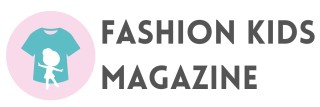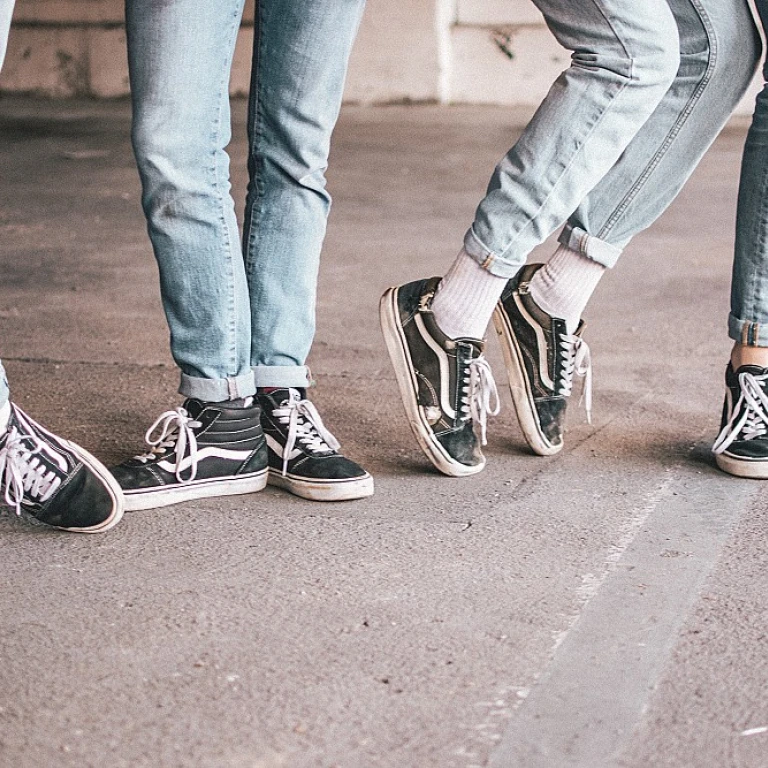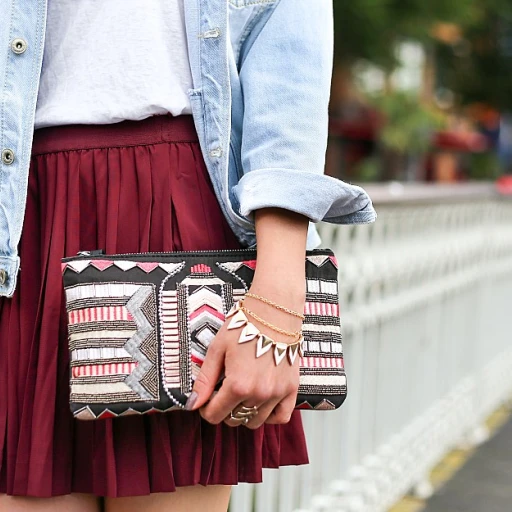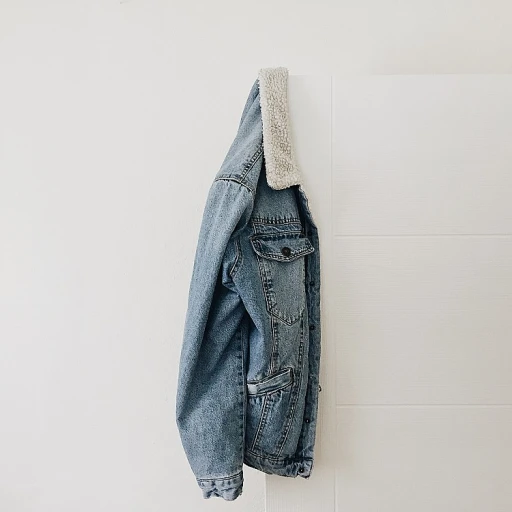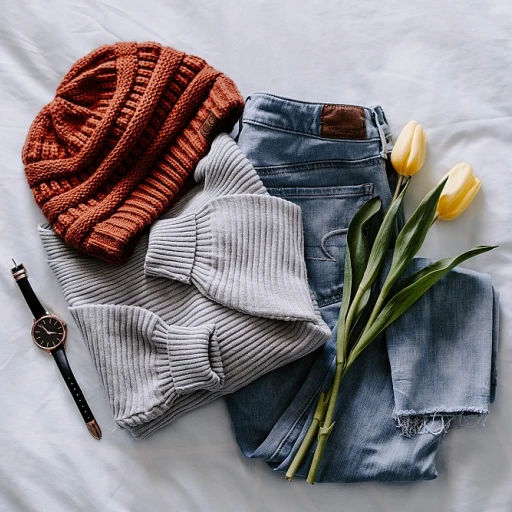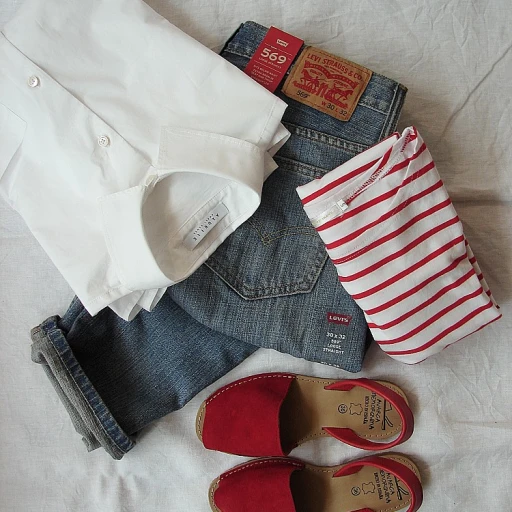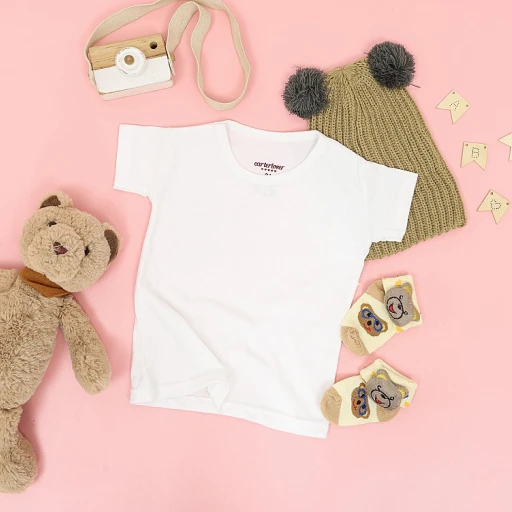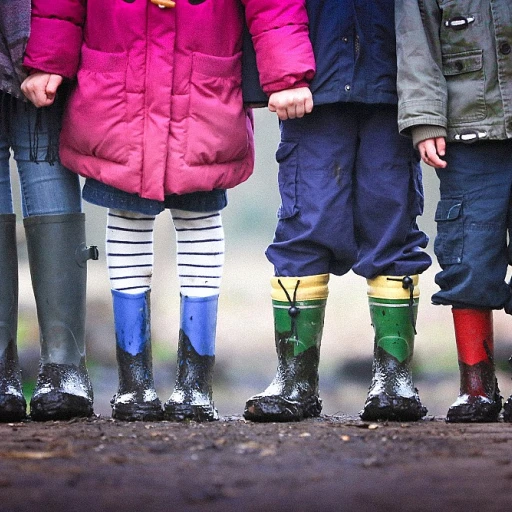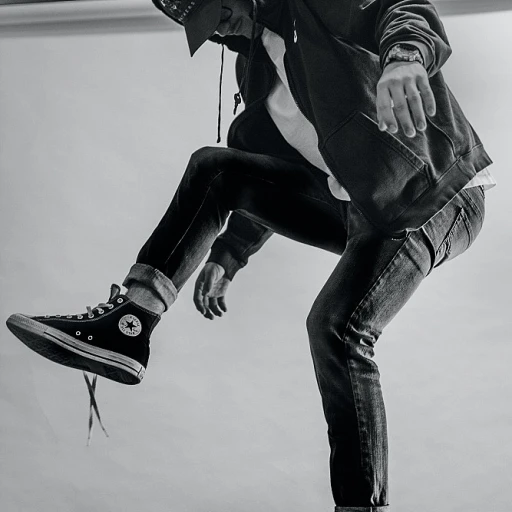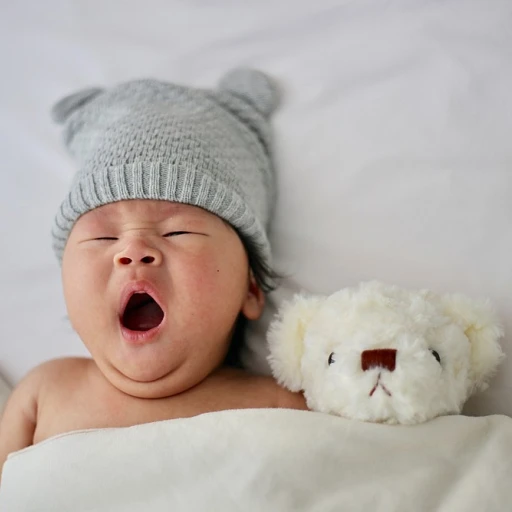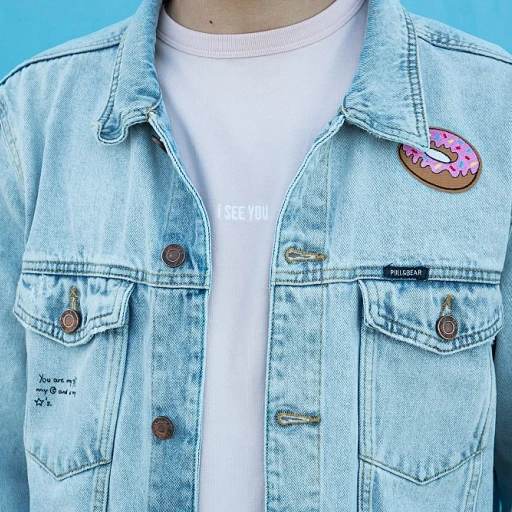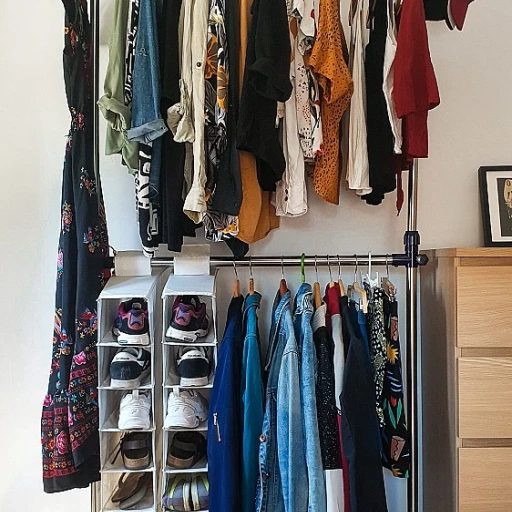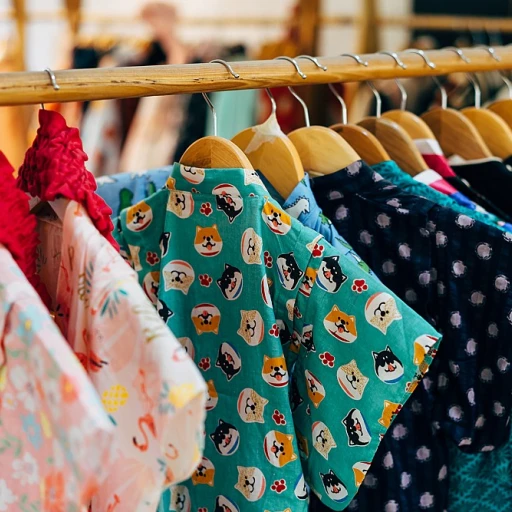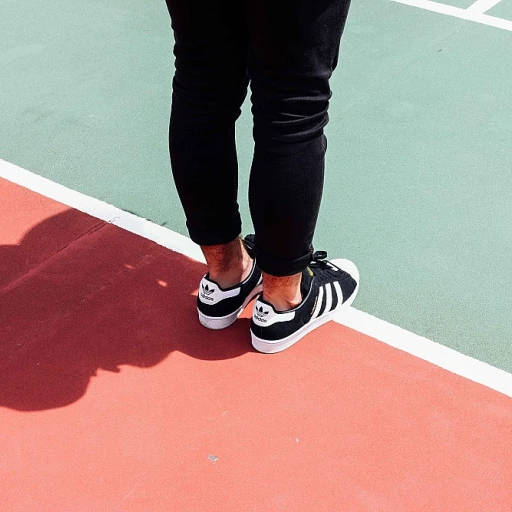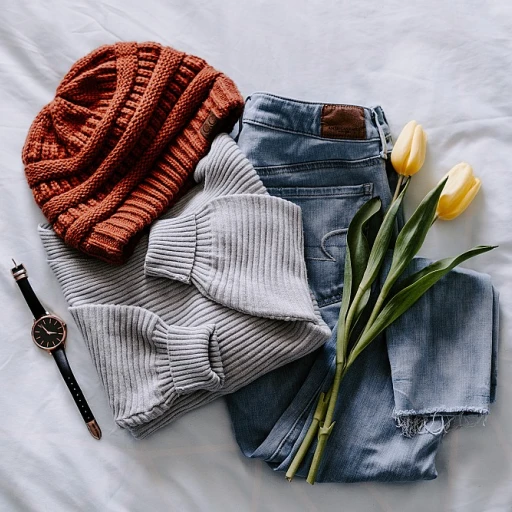
Understanding Baby Clothing Essentials
Getting the Basics Right
When you're preparing for a new arrival, especially those first-time parents, baby clothes might seem like a whirlwind of tiny outfits. From onesies to baby grows, getting the basics sorted is step número uno. It's not just about having heaps of clothes; it's about having the right ones for your bub. For starters, you can't go wrong with a good stash of onesies and sleep suits. Think of these as the backbone of your newborn baby's wardrobe. They're versatile, easy to layer, and let's be real, babies look adorable in them! As recommended by the American Academy of Pediatrics, having at least 10-12 onesies for those first few weeks might save you some laundry stress.Baby Clothes Sizes and What You Actually Need
Newborn clothes can be confusing with all the different clothes sizes popping up. But here's the trick: 'newborn size' isn't one-size-fits-all. Some babies may need 0-3 months right from the get-go. It's handy to have a variety of sizes on hand, especially with a baby name already picked out. Newborn babies tend to go through about 2-3 outfits a day because, well, babies can be quite the little mess-makers. There might be days when you'll use the same onesie all day, and other times you're changing outfits quicker than you can say 'diaper leak'. Babies don't just grow; sometimes they suddenly pop into those bigger sizes within weeks. Preparing baby clothes for this growth spurt is a good idea. Stocking up on bigger sizes early might give you a peace of mind later. For more insights on adorable styles for your bundle of joy, check out our Fashion Adventure.Balancing Style and Functionality
Finding the Sweet Spot Between Style and Practicality
When it comes to dressing your little one, the balance between style and functionality is key. Babies grow fast, and their clothing needs to keep up with their development. It's a good idea to focus on clothes that are not only cute but also practical. Think about how often you'll be changing diapers and how easy it is to get those onesies on and off.
In the first few months, you'll find that charming outfits for baby dolls can inspire your choices for your newborn's wardrobe. But remember, while those tiny jeans and mini dresses are adorable, they might not be the best for everyday wear. Comfort should be your priority, especially during those early weeks of pregnancy when you're preparing baby clothes.
Mix and Match for Versatility
Invest in a variety of basics like vests, sleepsuits, and sleep suits. These are essential for layering and can be mixed and matched to create different outfits. A handful of good quality basics can go a long way, and they often come in multipacks, which is a budget-friendly way to stock up.
Think about the number of outfits your baby will need in a day. Babies can go through several clothing changes in a week due to spills and diaper leaks. Having enough clothes to keep baby comfortable without overwhelming your laundry routine is a smart move.
Size Matters
Newborn size clothes are adorable, but your baby will outgrow them quickly. It's wise to have a few outfits in the next size up ready to go. Babies grow at their own pace, and some might skip the newborn size altogether. Keep an eye on your baby's growth and adjust their wardrobe accordingly.
Choosing clothes that allow for some growth, like those with adjustable waistbands or stretchy fabrics, can save you from needing to buy new clothes every month. It's all about planning and being prepared for those inevitable growth spurts.
Seasonal Considerations
Dress for the Weather: Baby Clothes and the Seasons
When it comes to dressing your newborn baby, the coolest trends might catch your eye, but don't forget the weather! Babies are sensitive to temperature changes, so it's a good idea to keep their comfort in mind. Whether it's a chilly winter day or a hot summer afternoon, choosing the right outfits will help keep baby snug and happy.
Winter Warmth: Layering is Key
During the colder months, layering is your best friend. Start with a soft vest or onesie as a base layer, then add a cozy sleepsuit. Don’t forget a warm hat to protect those tiny ears! A baby grows quickly, so ensure you have a variety of sizes on hand to accommodate growth spurts. In the first few weeks, a newborn size might be all you need, but soon you'll be reaching for larger sizes.
Spring and Fall: Versatile Choices
Spring and fall can be unpredictable, so versatile clothing is essential. Lightweight layers, like a long-sleeve onesie paired with pants or leggings, can be easily adjusted as temperatures fluctuate throughout the day. Keep a light jacket or sweater handy for cooler evenings.
Summer Sunshine: Keep It Cool
In the summer, focus on breathable fabrics to prevent overheating. Cotton onesies and dresses are perfect for keeping your baby cool. Don’t forget a sunhat to shield their delicate skin from the sun. During the hottest months, a single layer might be all your baby needs.
Practical Tips for All Seasons
- Check the Weather: Always check the forecast before dressing your baby for the day.
- Feel the Fabric: Opt for soft, breathable materials that are gentle on your baby's skin.
- Adjust as Needed: Be prepared to add or remove layers as the day goes on.
Remember, while style is important, your baby's comfort should always come first. With these tips, you'll be well-prepared to dress your little one for any season!
Managing Growth Spurts
Keeping Up with Your Baby's Growth
Babies grow faster than you might expect. One day, you're holding a tiny newborn; the next, you're chasing after a curious crawler. As your little one grows, so does their need for new clothes. It's a good idea to stay ahead of the game by understanding how quickly they outgrow their outfits.
In the first few months, newborns can grow out of their clothes in just weeks. Newborn size outfits are adorable, but they might not last long. When you're preparing baby clothes, consider buying a mix of sizes to accommodate those early growth spurts. This way, you'll always have something that fits, without having to make emergency shopping trips.
Practical Tips for Managing Growth
- Buy in Bulk: Stock up on essentials like onesies, vests, and sleepsuits. These are the backbone of any baby's wardrobe and will be in constant rotation.
- Opt for Adjustable Clothing: Some baby clothes come with adjustable features, like expandable waistbands or foldable cuffs, which can extend their wearability.
- Keep an Eye on Sales: As babies grow, so does the cost of keeping them clothed. Look out for sales and discounts on baby clothing to save money.
- Swap with Friends: If you have friends with babies around the same age, consider swapping clothes. This can be a fun and economical way to refresh your baby's wardrobe.
Remember, it's not just about the clothes baby needs; it's about ensuring they are comfortable and happy. As you navigate through the whirlwind of baby grows and sleep suits, keep in mind that every baby is unique. Some might be petite while others grow like weeds. Adjust your clothing choices to fit your baby's unique growth pattern.
By being prepared and flexible, you'll be ready to tackle those growth spurts with ease. After all, the joy of watching your baby grow is one of the most rewarding parts of parenthood.
Sustainable Fashion Choices
Thinking Green: A Look into Baby Fashion Sustainability
When it comes to dressing our little ones, opting for sustainable baby clothes isn't just a trend; it's becoming a necessity. The statistics speak for themselves. The fashion industry accounts for 10% of global carbon emissions, with a significant portion attributed to baby clothing. With newborns outgrowing clothes in mere months, it makes sense to consider alternatives that are kinder to our planet. First, let's chat about organic fabrics. Baby clothes made from materials like organic cotton or bamboo are rapidly gaining popularity. These fabrics are not only kind to your baby's sensitive skin but also ensure that fewer pesticides and chemicals find their way into our environment. The Global Organic Textile Standard (GOTS) is a leading certification to look for when shopping, assuring you that the fabric has met stringent ecological and social criteria. Next, there's something about hand-me-downs that always brings a smile. Sharing clothes among family members or friends can extend the lifespan of baby garments, ensuring less wastage. Just a gentle wash and they’re ready to wrap another baby in warmth. Think of it as recycling with a heartwarming touch! Swapping events are another delightful trend on the rise, where parents gather to exchange baby outfits. It's a great idea to meet like-minded folks and mix love for your baby with care for the environment. You never know, you might find that adorable onesie your baby named "Wiggles" became too attached to! If you're still curious, several brands are dedicated entirely to sustainable baby fashion. These brands promise reduced carbon footprints, ethical production practices, and adorable designs which prove you don't have to sacrifice style for sustainability. Plus, when buying from these brands, you're making a statement; one where style meets responsibility. Lastly, while buying new is often inevitable, consider mixing sustainable purchases with a pinch of practicality. Invest in sizes that allow your little one to grow nicely, like adjustable sleep suits. And don’t shy away from those versatile vests that can layer up multiple outfits. Bringing a baby into the world is filled with choices. Dressing them sustainably not only keeps your baby cuddly but also gives Mother Nature a cuddly gesture. So, are you ready to keep up with the baby clothes trend that's both cute on the eyes and gentle on the planet?Budget-Friendly Tips
Getting the Most Bang for Your Buck
Let's face it, babies grow faster than weeds, and keeping up with their clothing needs can feel like a never-ending task. But fear not, savvy parents! There are plenty of ways to keep your little one stylish without breaking the bank.
First off, consider the baby clothes you truly need. Newborns, for instance, don't require a runway's worth of outfits. A good mix of onesies, vests, and sleepsuits will keep your newborn snug and comfy. Most parents find that a week's worth of clothes is plenty, especially when you factor in regular laundry days.
Shop Smart, Not Hard
Shopping during sales or at discount stores can save you a bundle. Don't shy away from gently used clothes, either. Babies outgrow their outfits so quickly that second-hand clothes are often in excellent condition. Websites and local consignment shops are treasure troves for budget-friendly finds.
Another tip? Buy clothes a size or two larger. This way, your baby will have room to grow, and you won't have to rush out to buy new clothes every few months. Just remember to balance this with the seasonal considerations we discussed earlier.
Gift Wisely
When friends and family ask what to get your little one, suggest practical items like baby grows and sleep suits. These are always in demand and can help stretch your budget further. Plus, you'll avoid ending up with a closet full of newborn size clothes that your baby will outgrow in a heartbeat.
Think Long-Term
Investing in a few high-quality pieces can be a good idea. Durable clothes will last through multiple washes and can be passed down to future siblings or even resold. This approach ties into the sustainable fashion choices we talked about earlier, helping you keep both your wallet and the planet happy.
Remember, keeping your baby well-dressed doesn't have to be a costly affair. With a little planning and some smart shopping, you can ensure your little one is always ready for their next big adventure!
